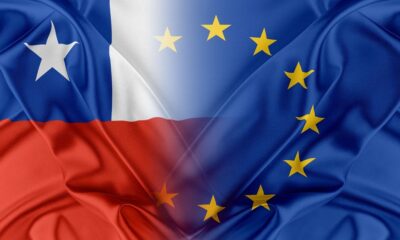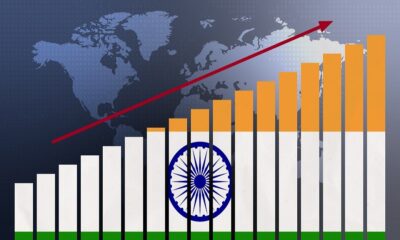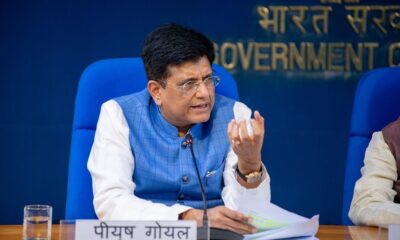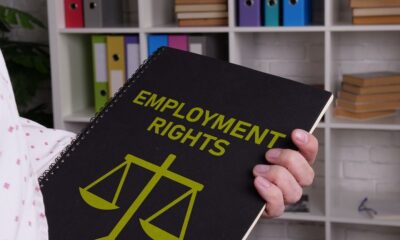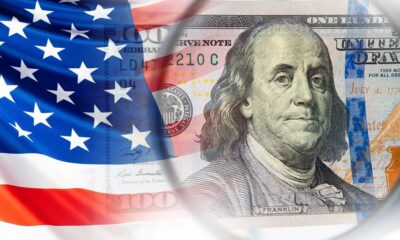Fashion
Indonesia calls for compliance in textile sector for competitiveness

Compliance reporting among APSyFI member firms is low, data from the National Industrial Information System (SIINas) show. Out of 20 members, only 15 submitted their industrial activity reports.
Indonesia’s industry ministry has stressed on transparency, administrative compliance and strategic consistency in the textile industry, particularly in the upstream sector under the trade body APSyFI, to maintain global competitiveness.
Compliance reporting among APSyFI member firms is low and while it has been lobbying for stricter import regulations, its own members have notably raised import volumes.
“There are still major APSyFI member companies that have not reported their performance at all. Reporting obligations are a form of industry accountability to the state. This lack of administrative commitment weakens the association’s position as a self-proclaimed frontliner of the national textile industry,” ministry spokesperson Febri Hendri Antoni Arif was quoted as saying in a statement by a domestic news reports.
Arif noted anomalies in the performance data of APSyFI member companies. While the association has been lobbying for stricter import regulations, its own members have significantly increased their import volumes.
Data shows that imports of yarn and fabric by APSyFI members surged more than 239 per cent year on year (YoY) from 14.07 million kg in 2024 to 47.88 million kg in 2025.
“Some APSyFI members are taking advantage of bonded zone facilities and general import licenses, allowing them to import in bulk. On one hand, they demand protection, but on the other, they actively act as importers. This clearly contradicts the spirit of industrial self-reliance,” he added.
Government protection and fiscal instruments for the upstream textile sector include anti-dumping import duty (BMAD) on polyester staple fiber (PSF), which is in effect since 2010 and valid till 2027.
Additional measures include BMAD on spin drawn yarn (SDY), valid until 2025; a safeguard import duty (BMTP) on synthetic fiber yarn, in place until 2026; and a safeguard duty on fabric imports, which will remain effective until 2027.
“This means APSyFI member companies have been enjoying dual benefits—tariff protection and import facilities. Unfortunately, these advantages have not been matched by new investments or technological modernization,” Arif said.
Arif cautioned that if the proposed 45 per cent anti-dumping duty—based on the Indonesian Anti-Dumping Committee (KADI)’s calculations—is implemented, it could lead to layoffs of up to 40,000 workers in the downstream sector.
“That would be a national tragedy. The risk of job losses in the upstream sector is significantly lower and can still be mitigated by optimising domestic demand,” he said.
Indonesia’s textile sector grew by more than 4 per cent in both Q1 and Q2 of 2025.
Fibre2Fashion News Desk (DS)
Fashion
U.S. Black Friday online sales hit record $11.8 billion, Adobe reports
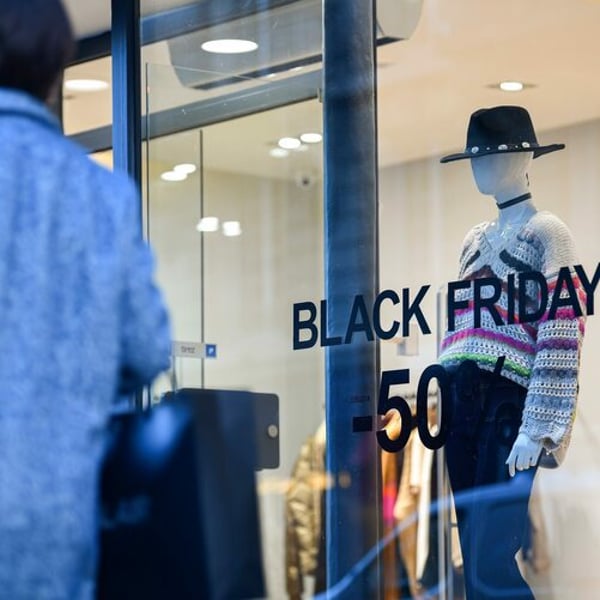
By
Reuters
Published
December 1, 2025
American shoppers spent a record $11.8 billion online on Black Friday, up 9.1% from last year, final data from Adobe Analytics showed.
Adobe Analytics, which tracks over 1 trillion U.S. retail site visits, expects shoppers to spend $5.5 billion on Saturday and $5.9 billion on Sunday, up 3.8% and 5.4% from a year earlier respectively.
Separately, software firm Salesforce reported that American consumers had spent $18 billion on Black Friday purchases, up 3% from a year ago, with luxury apparel and accessories among the most popular categories.
Although U.S. consumers spent more this Black Friday compared to last year, price increases hampered online demand, according to Salesforce, with shoppers purchasing fewer items at checkout compared to last year.
At physical stores, the bargain-chasing was relatively subdued on post-Thanksgiving morning, with some shoppers saying they feared overspending amid persistent inflation, trade policy-driven uncertainty, and a soft labor market.
Cyber Monday, traditionally a big day for online deals, is expected to be the season’s biggest online shopping day again, Adobe projects, driving $14.2 billion in spending, up 6.3% from last year.
© Thomson Reuters 2025 All rights reserved.
Fashion
Mielle becomes NFL’s first textured haircare partner

Published
December 1, 2025
Textured haircare brand Mielle has launched a new partnership with the National Football League, marking the League’s first collaboration with a textured haircare company.
The campaign aims to support the millions of NFL fans with textured hair—women now make up about half of the NFL’s fanbase—while addressing the unique hair challenges faced by athletes wearing helmets, including dryness, breakage and frizz.
The partnership expands Mielle’s growing footprint in professional sports and is designed to boost representation, access to high-quality care, and product innovation for textured-hair athletes and fans.
“The NFL is excited to have Mielle, a brand that is committed to performance, community, and empowering fans and athletes, lean into the NFL partnership” said Tracie Rodburg, SVP global partnerships, NFL.
“This partnership aligns with the league’s mission to build lasting connections within our communities nationwide and celebrate the self-expression of our players and fans.”
The P&G brand says the collaboration gives Mielle a major platform to showcase the performance of its dermatologist-reviewed, Skin Health Alliance–accredited formulas under real athletic conditions.
“We’re honored to be the first textured hair care partner of the NFL through our partnership with P&G,” said Monique Rodriguez, founder and CEO, Mielle. “For so many of us, football represents family and community. It’s attending cookouts, tailgates, reconnecting with family and friends, and showing up in your favorite team colors. And for millions of fans, that includes twisting, braiding, and caring for your textured hair before kickoff.”
The announcement is accompanied by a social-first campaign, including the viral “Passing the Phone” video moment featuring talents across the league from including players, executives and agents, to players’ families and on-air talent.
Copyright © 2025 FashionNetwork.com All rights reserved.
Fashion
India’s logistics push puts fashion in the fast lane
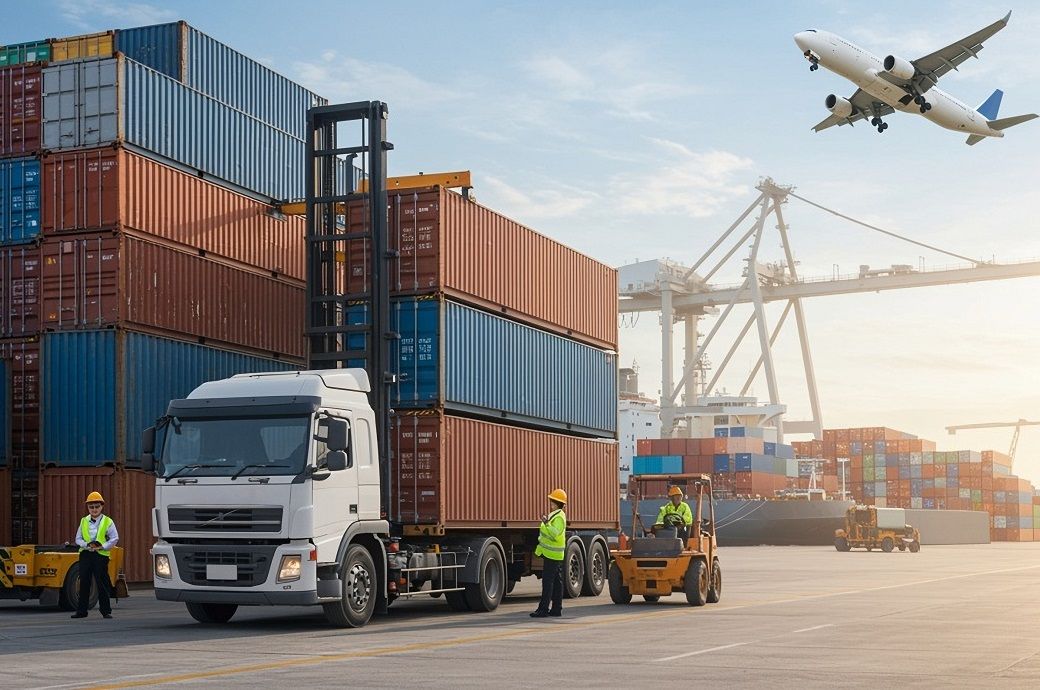
The government’s three-year scorecard backs this up. Since its launch in September ****, ULIP has integrated more than thirty logistics and customs systems and clocked over *.* billion (***+ crore) API transactions as of around August ****, effectively treating data flows like rails. LDB, operational since July ****, has cumulatively tracked over ** million EXIM containers across *** inland container depots (ICDs) by around August ****, turning container visibility from a premium add-on into the default. A Transportation Emissions Measurement Tool (TEMT), developed by IIM Bangalore and partners and endorsed by DPIIT, now gives exporters an ISO-*****-aligned way to report logistics emissions, so freight can sit alongside product footprints in sustainability dossiers.
From Map to Mill Gate: What Gati Shakti Has Actually Changed
-

 Sports1 week ago
Sports1 week agoWATCH: Ronaldo scores spectacular bicycle kick
-

 Entertainment1 week ago
Entertainment1 week agoWelcome to Derry’ episode 5 delivers shocking twist
-

 Politics1 week ago
Politics1 week agoWashington and Kyiv Stress Any Peace Deal Must Fully Respect Ukraine’s Sovereignty
-

 Business1 week ago
Business1 week agoKey economic data and trends that will shape Rachel Reeves’ Budget
-

 Tech6 days ago
Tech6 days agoWake Up—the Best Black Friday Mattress Sales Are Here
-

 Politics1 week ago
Politics1 week ago53,000 Sikhs vote in Ottawa Khalistan Referendum amid Carney-Modi trade talks scrutiny
-

 Fashion1 week ago
Fashion1 week agoCanada’s Lululemon unveils team Canada kit for Milano Cortina 2026
-

 Tech23 hours ago
Tech23 hours agoGet Your Steps In From Your Home Office With This Walking Pad—On Sale This Week


